- 833-ESG-ROOF
- info@exteriorsolutionsgroup.com
- Mon - Fri: 9:00 am - 5:00 pm
This is the place to learn about different commercial roofing systems.
Commercial buildings’ roofs perform multiple roles. Their number one job is to protect the building from the elements. In addition, they frequently serve as the platform for holding heating and cooling equipment and can be subject to frequent traffic.
There are many types of commercial roofing systems. We can evaluate your building and roof and help you understand which solutions might be the best for you. Keep scrolling to learn a little about the many different types of commercial roofing.
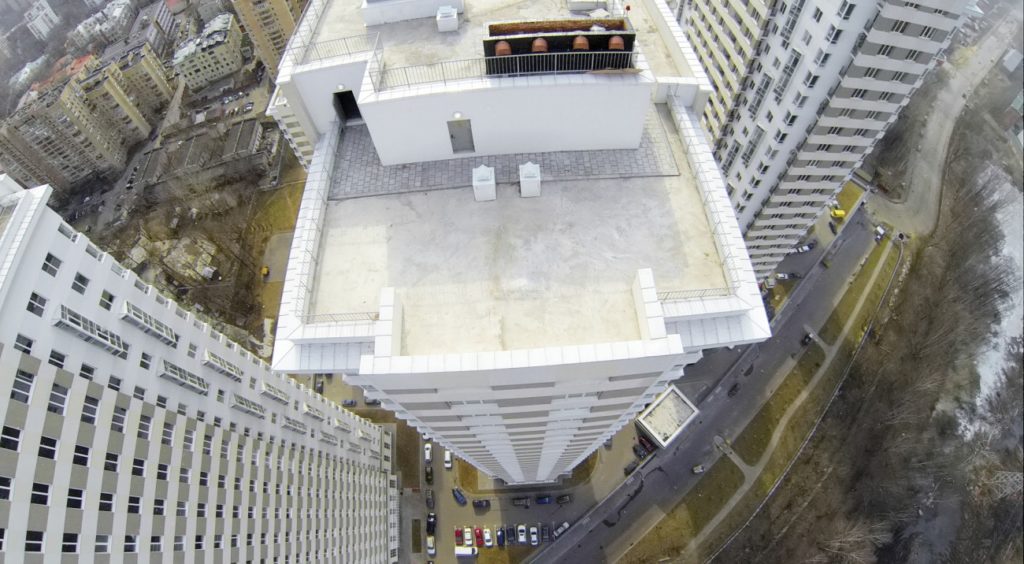
A single-ply roofing system consists of a rolled sheet membrane that is especially designed for flat roofs. There are several types of materials to choose from including thermoplastic polyolefin (TPO), ethyl propylene diene monomer (EPDM), polyvinylchloride (PVC) and Keotene Ethylene Ester (KEE). Each brings different characteristics and performance properties to a building. They can offer reflectivity, resistance to freeze/thaw conditions in colder climates and can withstand chemicals and grease in restaurant and food production environments.
Installation methods vary, but can include mechanically attached, fully adhered and ballasted systems.
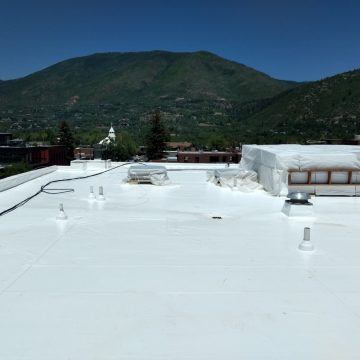
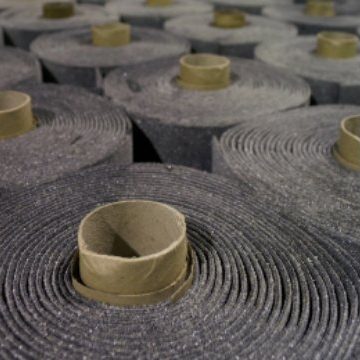
Modified Bitumen is an asphalt-based roofing system popular for it’s history of performance. It is called modified because the asphalt is blended with polymers—usually either atactic polypropylene (APP) or styrene butadiene styrene (SBS)—to improve the product’s strength, flexibility and resistance to solar radiation.
Traditionally this type of roofing system is torch-applied, mopped on using hot asphalt, or applied with an adhesive. Newer technologies have resulted in the development of self-adhered modified bitumen membranes.
Photo: Soprema
Built-up roofing alternates layers of heavy roofing felt and hot-applied or cold-applied asphalt. It’s finished with a layer of a mineral or granular covering and a sealant to protect it from the sun, while adding additional fire protection. They are commonly referred to as BUR systems and have been in use for more than 100 years.
The number of layers used is related the the number of plies used, so a four-ply system would have four layers.
Photo: Tremco, Inc.
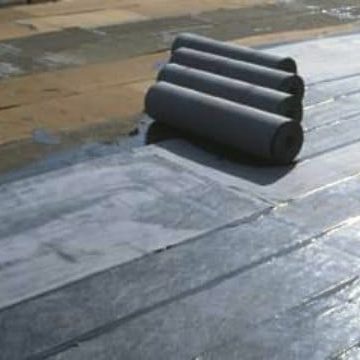

Metal Roofing Systems for low-slope roofs are comprised of structural metal panels, which are known for their water barrier characteristics. Metal roofs are also known for their durability and longevity. They provide excellent resistance to hail and have a long life of service. Metal systems may also be used on residential or steep-slope roofs.
Roof coating systems have become a popular option for many building owners because they allow for the restoration of the roof and avoid costly tear offs, while also keeping old roofing materials out of the landfill. There are coating systems available for virtually any existing roof. The most common types of coating systems are silicone, acrylic and urethane. Many of the systems offer energy efficiency benefits due to their reflective, cool roof ratings. Our team of experts can evaluate your roof and determine if it is a candidate for restoration.
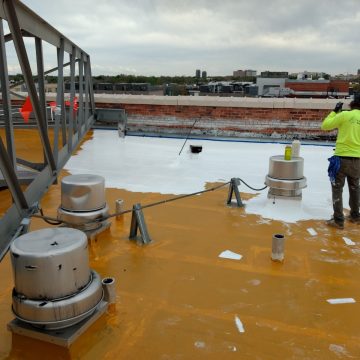
![exterior solutionts Green Roof IMG_1235[1] exterior solutionts Green Roof IMG_1235[1]](https://exteriorsolutionsgroup.com/wp-content/uploads/elementor/thumbs/exterior-solutionts-Green-Roof-IMG_12351-obl2i1htu7xabclu9g573i5h4b7e5g6xucaksv1gcw.jpg)
Green roofs deliver many benefits to the environment including reducing the urban heat island effect and can contribute to the energy efficiency of the building. Green roofs are usually installed over a waterproofing membrane to protect the building and may include additional protection from root barriers and drainage/irrigation systems.
© All rights reserved 2020